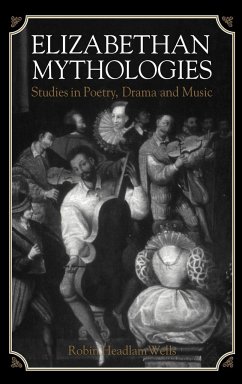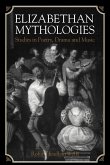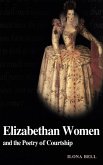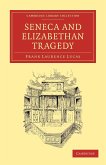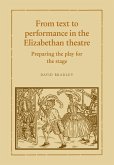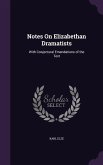For lovers of music and poetry the legendary figure of Orpheus probably suggests a romantic ideal. But for the Renaissance he is essentially a political figure. Mythographers interpreted the Orpheus story as an allegory of the birth of civilisation because they recognised in the arts in which Orpheus excelled an instrument of social control so powerful that with it you could, as one writer put it, 'winne Cities and whole Countries'. Dealing with plays, poems, songs, and the iconography of musical instruments, Robin Headlam Wells re-examines the myth, central to the Orpheus story, of the transforming power of music and poetry. In doing so he acknowledges a debt to the New Historicism and its recovery of political meanings that traditional historical scholarship has sometimes been guilty of obscuring. But he is also critical of certain faulty premises in New Historicist criticism which have led to some radical misinterpretations of the period. Elizabethan Mythologies contains numerous illustrations from the period and will be of interest to scholars and students of Renaissance poetry, drama and music, and of the history of ideas.
Table of contents:
List of illustrations; Preface; List of Abbreviations; Introduction; Part I: Music, Myth, and Politics: 1. Spenser and the politics of music; 2. Falstaff, Prince Hal and the New Song; 3. Prospero, King James and the myth of the musician-king; Part II: Defining the Essential: A Humanist Iconography: 4. The ladder of love: verbal and musical rhetoric in the Elizabethan lute song; 5. Microcosmos: symbolic geometry in the Renaissance lute rose; 6. The orpharion 'a British shell'; Part III. The Game of Love: 7. Ars amatoria: Philip Rosseter and the Tudor court lyric; 8. Dowland, Ficino and Elizabethan melancholy; 9. 'Ydle shallowe things': love and song in Twelfth Night; Coda: Floreat Orpheus.
Dealing with plays, poems, songs, and the iconography of musical instruments, Robin Headlam Wells re-examines the myth, central to the Orpheus story, of the civilising power of music and poetry.
Robin Headlam Wells re-examines the myth, central to the Orpheus story, of the civilising power of music and poetry.
Hinweis: Dieser Artikel kann nur an eine deutsche Lieferadresse ausgeliefert werden.
Table of contents:
List of illustrations; Preface; List of Abbreviations; Introduction; Part I: Music, Myth, and Politics: 1. Spenser and the politics of music; 2. Falstaff, Prince Hal and the New Song; 3. Prospero, King James and the myth of the musician-king; Part II: Defining the Essential: A Humanist Iconography: 4. The ladder of love: verbal and musical rhetoric in the Elizabethan lute song; 5. Microcosmos: symbolic geometry in the Renaissance lute rose; 6. The orpharion 'a British shell'; Part III. The Game of Love: 7. Ars amatoria: Philip Rosseter and the Tudor court lyric; 8. Dowland, Ficino and Elizabethan melancholy; 9. 'Ydle shallowe things': love and song in Twelfth Night; Coda: Floreat Orpheus.
Dealing with plays, poems, songs, and the iconography of musical instruments, Robin Headlam Wells re-examines the myth, central to the Orpheus story, of the civilising power of music and poetry.
Robin Headlam Wells re-examines the myth, central to the Orpheus story, of the civilising power of music and poetry.
Hinweis: Dieser Artikel kann nur an eine deutsche Lieferadresse ausgeliefert werden.

